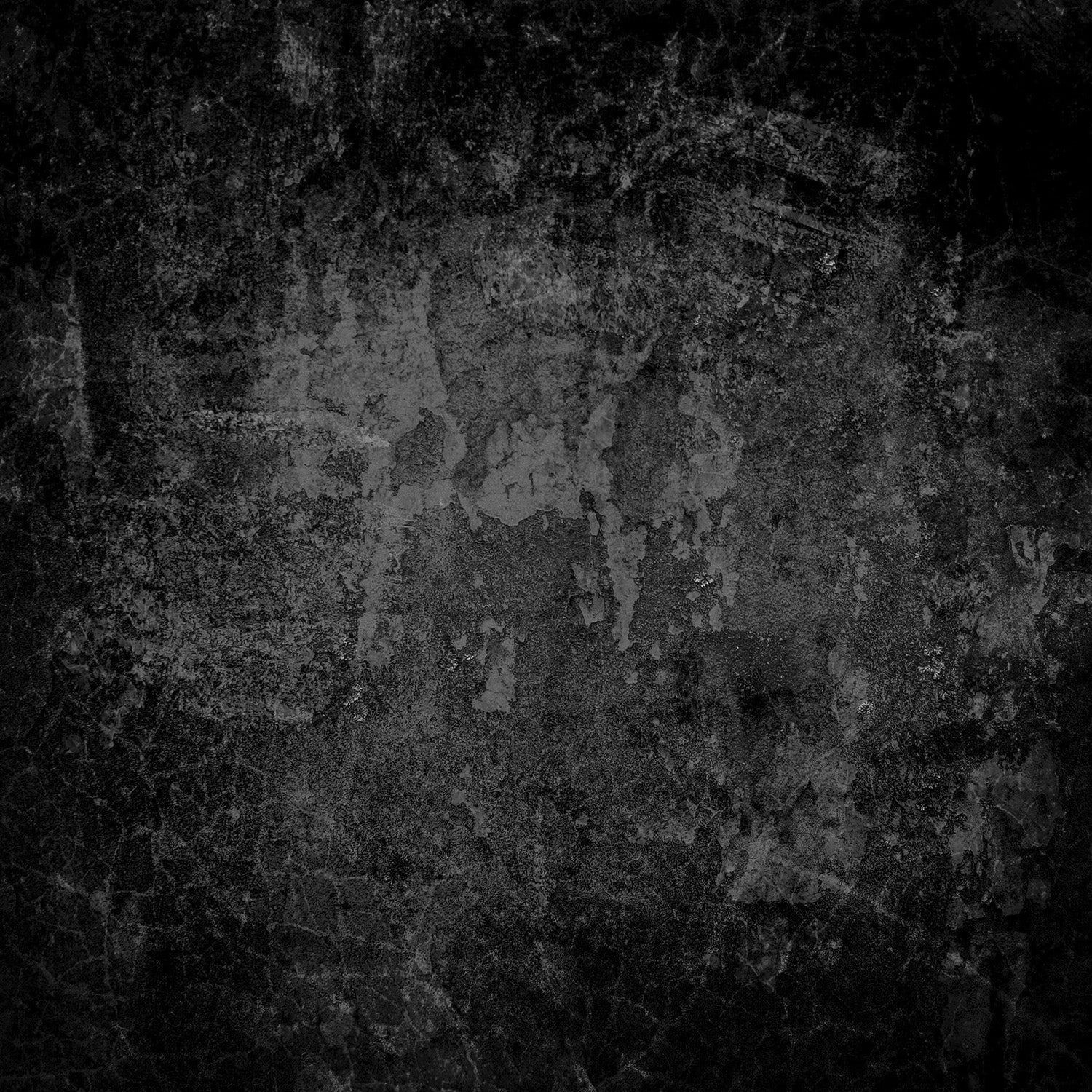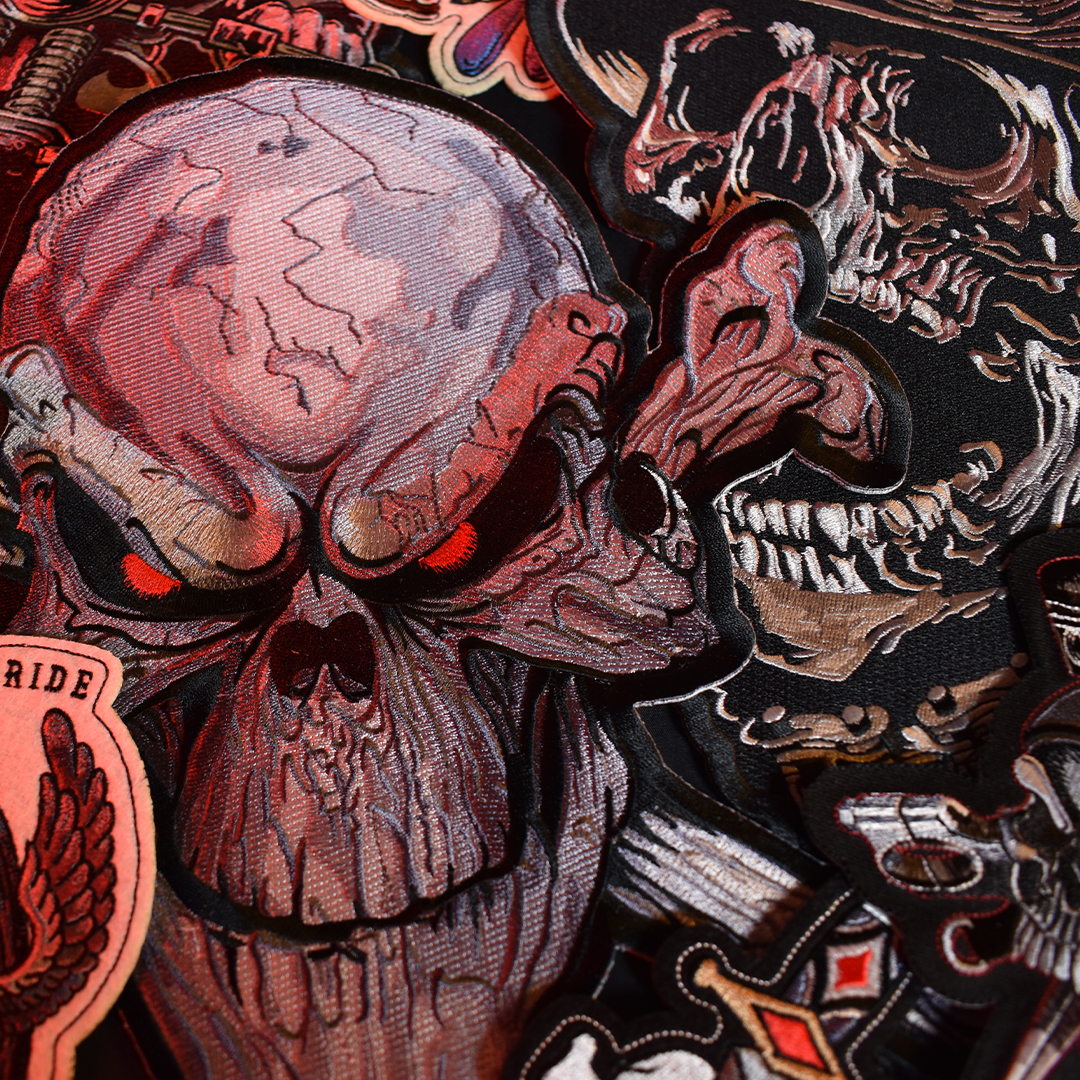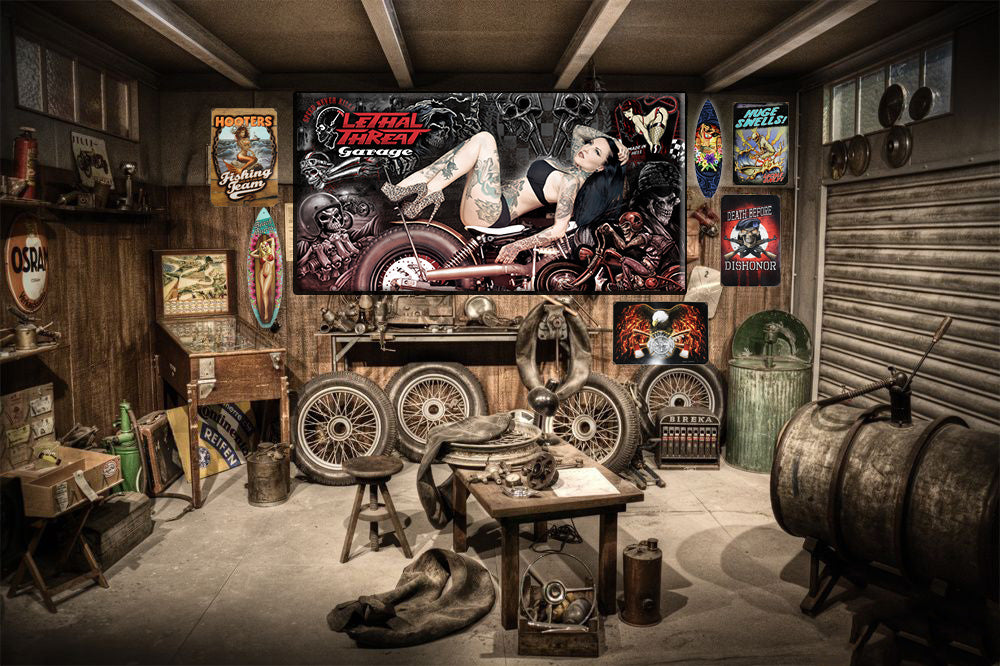Lethal Threat / The History of the Pin-Up Girl

Go to any car or motorcycle show across the U.S. and you will surely see vehicles painted with murals of pinup girls. A lot of the top-selling products here at Lethal Threat depict images of sexy pinup girls.
Who was the first pinup girl, anyway, and what is the history of pinup girls? We thought it would make sense to look into the history of these sexy and sultry babes. Read on to learn all the inside dope you need to know about these gorgeous gals.
The popular belief is that the first pinup girl appeared around the time of World War II. The truth is the rise of the pinup precedes World War I. An unlikely invention called the bicycle can be credited with the birth of the pinup.

Women were only too happy to embrace the invention and widespread popularity of bicycles in the 19th century. For a woman, the bicycle, offered a sense of mobility and freedom never available before.
Women's emancipation on two wheels was no easy ride, however. From the get-go, there was much resistance from doctors and ministers to a woman riding a bicycle.
Doctors said riding this new contraption would damage a women's delicate reproductive organs, while ministers alluded to the evils of sexual self-stimulation while riding a bicycle.
The brave, emancipated woman who would have none of this nonsense also faced other higher. hurdles. During the 19th century, women were never supposed to expose too much skin or show off their curves outside of the bedroom. In those days, women were expected to wear floor-length dresses for the sake of modesty.
Riding a bicycle changed all that. With the excuse of riding a bike, ladies started to wear functional and form-fitting pants.
Now the shapes and curves previously hidden under flowing dresses began to emerge. The shapely feminine form became an everyday appearance tolerated and no doubt in many cases appreciated by members of the public.


In 1895, Charles Gibson, an illustrator who drew for Life magazine, was credited with drawing the first pinup girl. His renderings of well-endowed women with hourglass figures and full lips became known as Gibson Girls.
Gibson based his illustrations on American girls he came across in his travels. His Gibson Girl illustrations would appear in every issue of Life issue for more than 20 years.
As printing technology advanced, more magazines came into circulation. To build circulation, these new publications also featured images of unattainable, idealized American beauties.
Around 1903, the use of calendars started to gain popularity. Along with days and months of the year, images of a pinup girl began to adorn some of these calendars. Pinup girl calendars ensured sell-outs. Thus was born the calendar girl, mother of the pinup girl.

What would become the familiar pinup began to take shape in 1917. A division of pictorial publicity had been created by the U.S. government during World War I. The job of the division was to create propaganda that would further the war effort.
Realizing that sex sells, the U.S. government started to use pinup girls on recruitment posters. When men started returning home from the war, the women of the roaring 20s were not willing to surrender the freedom they had acquired while their husbands were away fighting in Europe. The overall atmosphere of liberation matched the increasingly revealing clothing mirrored in the ever-opening society.

Calendar illustrators helped push along this new era of women's liberation by depicting women in a more sexual and sensuous way. Ever more teasing and flirtatious, the pinup illustrations now began to appear on every newsstand.
During World War II, pinup illustrations were used in recruitment posters to gather troops to fight overseas and calendars to promote the purchase of war bonds. The Golden Age of Pinups had arrived. The American military commissioned pinup artists to raise soldiers' morale with exotic, erotic images.


Soldiers during World War II were exposed to pinup art daily. This sexy, saucy artwork decorated their barracks and the walls of ships and submarines. Pinups were painted on fighter planes and bombers and taped inside soldiers' helmets. The lovely ladies depicted in this artwork were a constant reminder of what soldiers, sailors and aviators were fighting for and awaiting them upon their return home.




After the war ended in 1945, the most famous pinup was Bettie Page. She is credited as the first pinup to successfully transition from illustration to photography.
Before Bettie Page, all pinup art was in the form of illustrations based on unknown women. Page was different. She was seen as a living, breathing pinup. She had a unique personality and style as well as looks.
Page's popularity escalated quickly. Her images appeared in countless publications and calendars across the land. To this day, Bettie Page is considered the most photographed and collected pinup girl in history.

With the launch of Playboy magazine in 1953, Hugh Hefner successfully molded his own publication around the image of the pinup girl. Knowing the future was in photography and not illustrated pinups, he pushed the limits of acceptable nudity and morality further and further in the growing medium.


As retro design, art and products become interesting and inspirational for legions of people today, the pinup's popularity is on the rise again. Although her origins date back to the 19th century, it appears the pinup is here to stay.
The pinup model of today comes in all shapes, sizes and ethnic backgrounds. She will carry her proud tradition of liberation and beauty far into the future.

Check out our Lethal Threat pin-up decals, shirts, and embroidered patches!!







And more!




















Leave a comment